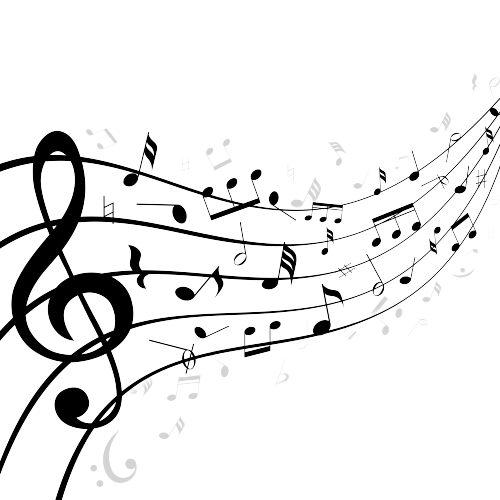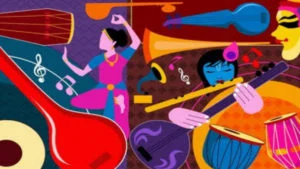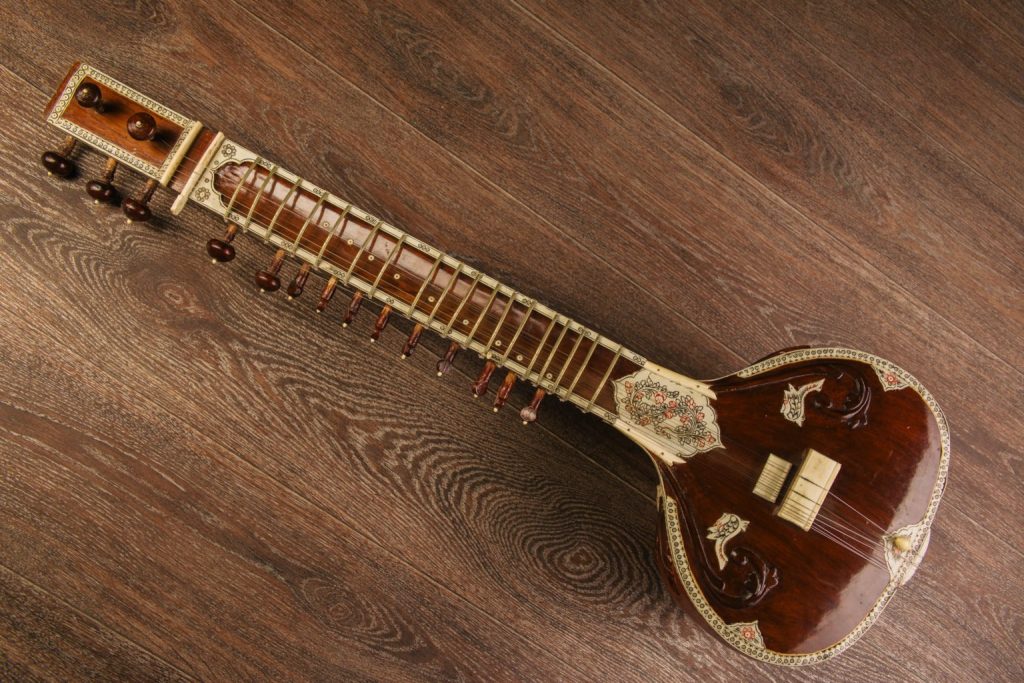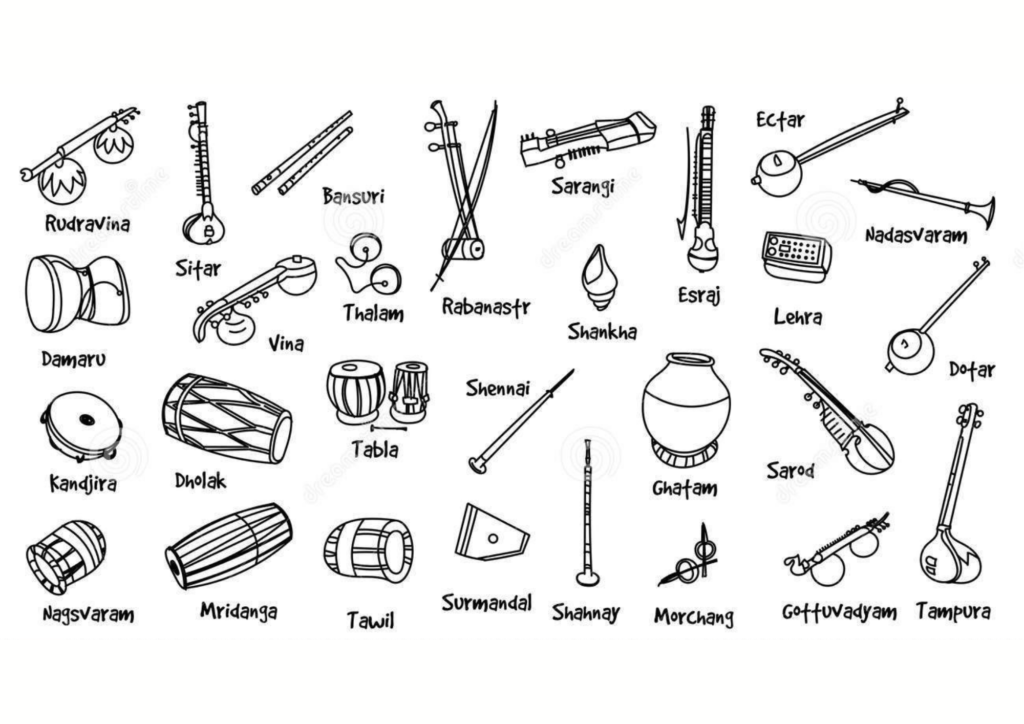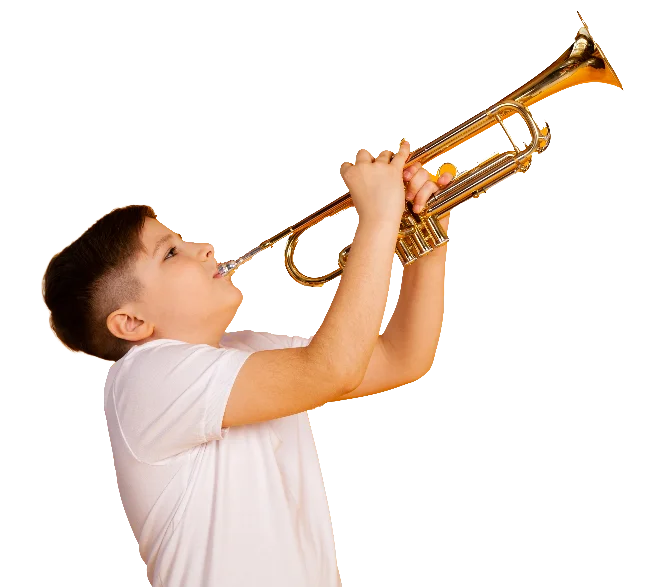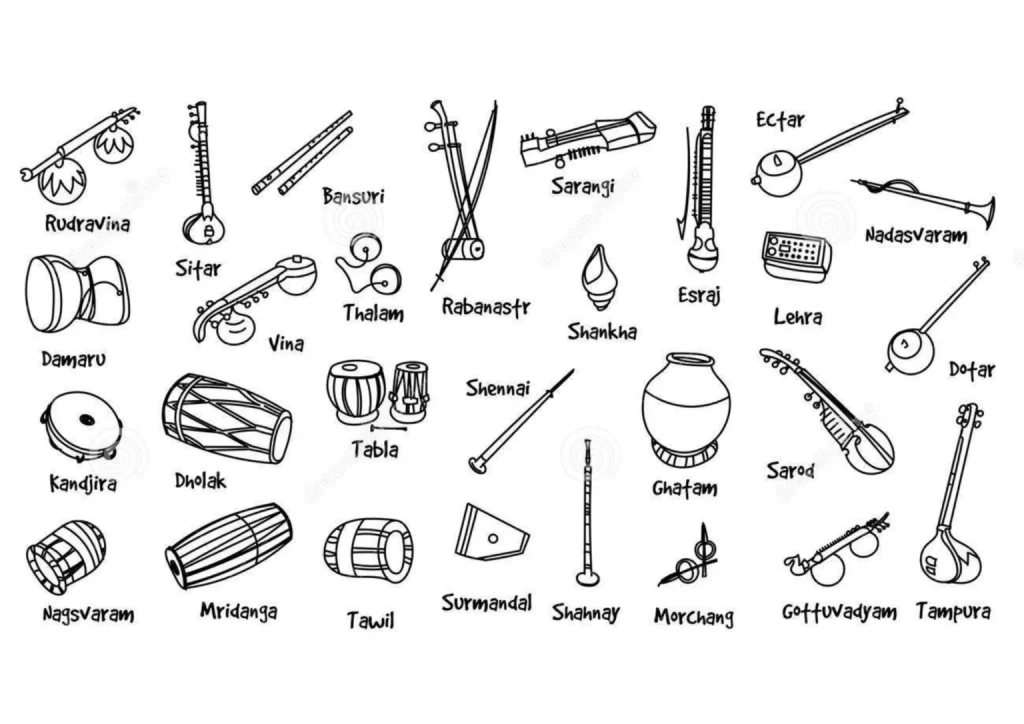- What are Percussion Instruments?
- Types of Percussion Instruments
- Classification of the types of percussion musical instruments
- List of Indian Percussion musical Instruments
- Types of Western Percussion Instruments
- List of Western Percussion Instruments
- Chinese Percussion Instruments
- Difference between Indian and Western Percussion Instruments
- Summary
What are Percussion Instruments?
Percussion instruments are the oldest man-made musical instruments. Percussion Instruments are musical instruments that produce music based upon percussion. The family of percussion musical instruments includes those which require the use of methods like striking, rubbing, shaking or friction for playing them. Indian percussion instruments are the ones having their origin in India, whereas, Western percussion instruments have their origin in Western and European countries.
The percussion musical instruments are played by striking or scraping them using a beater. Scraping or rubbing can also be the other way of playing this instrument. These instruments are often played with music to provide beat like the snare drums, cymbals, bass drums, and so on.
The percussion instruments form the most significant part of a musical ensemble. These instruments are also called the ‘heartbeat’ of any orchestra.
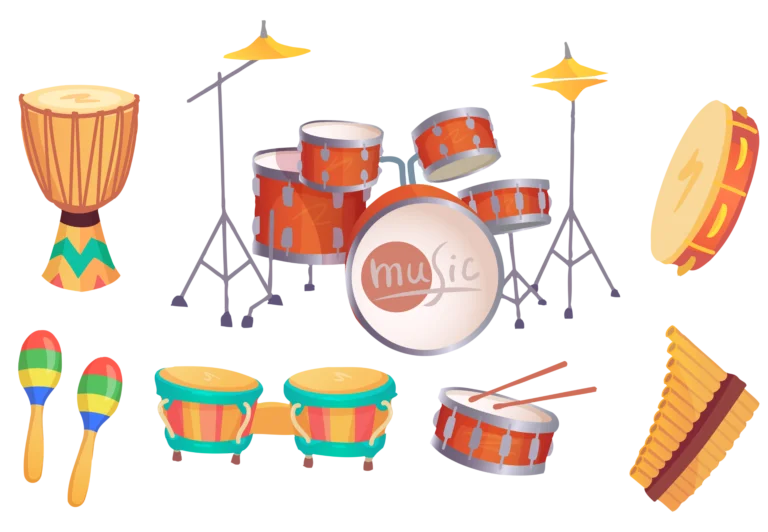
Types of Percussion Instruments
Percussion instruments are of two main types: pitched and unpitched percussion instruments. Pitched percussions have specific notes and pitches while the latter lacks the identified pitch.
Classification of the types of percussion musical instruments
1. Tuned Percussion
Pitched Percussion instruments are also called tuned percussion. These instruments provide a specifically identified pitch to a song. Examples include glockenspiel, marimba, xylophone, tubular bells, and vibraphone.
2. Untuned Percussion
The unpitched percussions are also called untuned percussions. These do not have any specific pitch or identified pitch. Examples include bass drum, snare drum, claves, gong, suspended cymbal, tam-tam, tenor drum, woodblock, triangle, tom-toms, agogo bells, flexatone, and tambourines.
3. Latin/Afro – Caribbean and Persian Percussion
These instruments are categorized according to their places of origin. Examples are Tombak, Daf, and Handpan.
List of Indian Percussion musical Instruments
The instruments of percussion which had their origin and are used in Indian music are known as the Indian Percussion Instruments. It includes,
1. Tabla
This is one of the most famous percussion instruments which are played in Indian classical and light music. This includes two pieces of percussion instruments. Tabla is believed to have originated from such instruments, pakhawaj or mridangam.
The left drum is also known as the male drum in tabla is called Duggi or bayan or the Dhaga. On the other hand, the right-hand drum is called the female drum and is known by the name Dayan or the treble. The woods which are attached to the tabla are used to correct the pitch according to the music. The most popular artist of tabla was Ustad Rashid Khan.
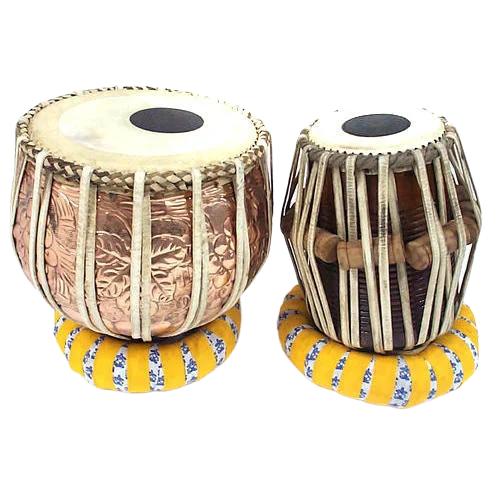
2. Pakhawaj
This is a barrel-shaped instrument and a North Indian version of the Mridangam. Its left side is similar to the bayan of the tabla and the right side is similar to the Dayan of the tabla. One of the oldest percussion instruments of India. Its rhythms are called bol which are mnemonic syllables for playing the instrument.
This instrument is played along with the dhrupad and dhammar singers. Pakhawaj was also played along with the Odyssey dance and Haveli Sangeet in Rajasthan.
Famous Pakhawaj players were Gopal Das, Ramashish Pathak, Laxmi Narayan Pawar, Arjun Shejwal, Ramji Upadhyaya, Kelucharan Mahapatra, Taranath Rao.

3. Mridangam
This is the instrument that is used in Carnatic music. Mridangam is used to give rhythm to South Indian music. This instrument has two sides of playing the instrument and constitutes one wooden body. This also has a shape of a barrel with the right-hand side smaller than the left-hand side. The left side of the instrument is called Tappi and has two layers of circles. The right side consists of three rings. The middle ring is like a pasting that is made with its periphery. This instrument also needs the adjusting of the pitch like that of tabla. The famous artists include Palghat Mani Iyer and Umayalapuram Shivaraman.
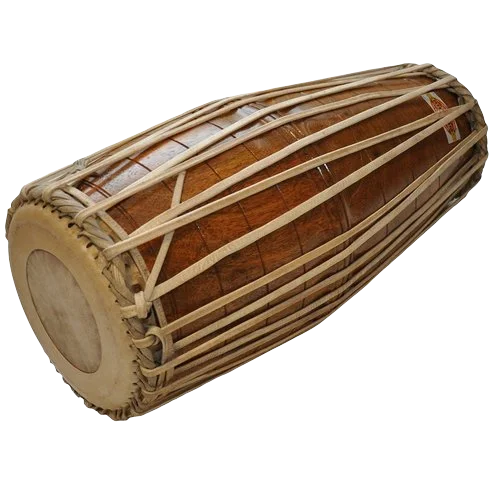
4. Dhap
this is an instrument used to keep the rhythm. One side is hollow while the other side is made up of animal skin. It is made up of wood and is attached with leather stretched to the frame. This is played along with the dance form called Dhap.
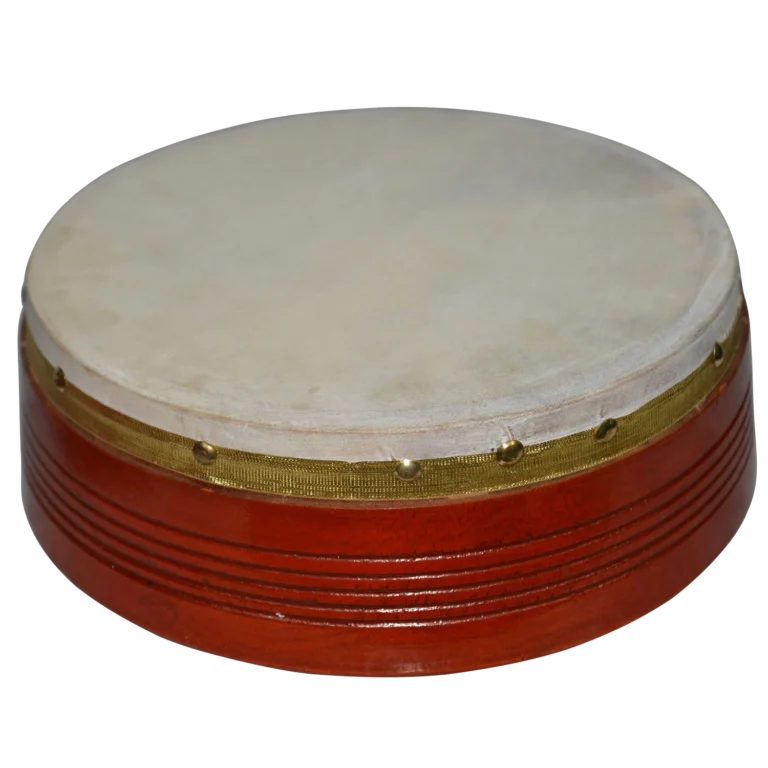
5. Chenda
This instrument is quite a popular one in South India. This is played along with various dance forms in Kerala, like the Kathakali and Koodiyattam. Chenda is also used in Karnataka along with the folk dance-drama Yakshagana. It is cylinder-shaped and made up of jackfruit wood. The size of this instrument is two feet in length and one foot in diameter.
This instrument is hung from the neck of the player and consists of sticks made of the Champpangu tree.
6. Dholak
This consists of two heads with treble heads and the bass head on either side of the instruments. This is a common instrument played along with light music, folk music, and bhajans. The presence of metal hooks helps in adjusting the pitch along with the music.
7. Dhol
This is a barrel-shaped drum that is used to create rhythm along with the music. Dhol is made up of sesame wood and is worn from the neck. This is played using a thin stick made up of cane and the other one is made up of wood and is thicker.
8. Ghatam
This is a South Indian musical instrument and is like a mud pot. This is made up of clay and iron and copper fillings. It is considered to be the secondary percussion instrument of Carnatic music after the Mridangam. The instrument is generally played on its neck. The pitch of the instrument depends according to the size of the mud pot. The player sits cross-legged to play the instrument whereby the open end is kept towards the belly of the player.
Types of Western Percussion Instruments
Percussion instruments are chiefly classified into two categories,
- Idiophones
- Membranophones
Idiophones produce sound due to the vibration of their own substance. Some of them include Bells, Rattles, and Clappers. Membranophones, as the name suggests, produce sound by the vibration or stretching of an elastic membrane upon percussion. The chief example includes Drums.
Let us move ahead and discuss some of the western percussion instruments in brief.
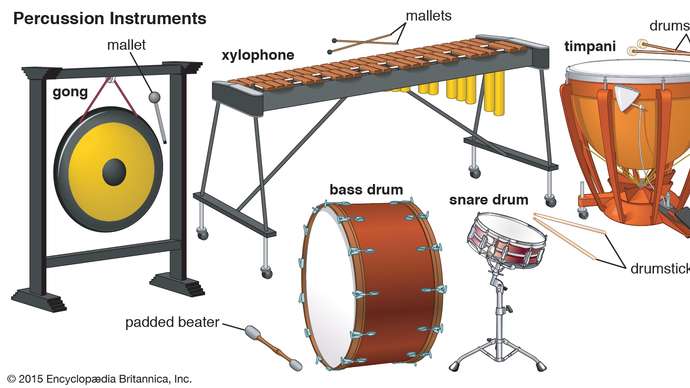
List of Western Percussion Instruments
1. Clappers
Clappers are an example of western percussion instruments falling under the Idiophones category. The vibrating substance in these instruments varies from pieces of metals to bones. To produce musical sounds from clappers, one needs to hold them in hands and then strike or rub them against each other. Egyptians introduced Ivory-made clappers in Europe.

2. Rattles
Another example of Idiophones category percussion instruments found in European countries chiefly is Rattles. The constitution of Rattles is very simple. There are two pieces of resonant objects and they are tied together with the help of strings. People of many Western countries believe that Rattles hold spiritual values. According to them, Rattles possess supernatural powers to fight against Evil.
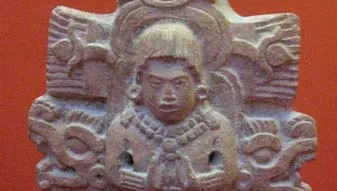
3. Castanets
Another example of a western percussion instrument that falls under the category of Idiophones is castanets. These are subtypes of Clappers, and consist of hollow shapes made up of metals, hardwood, or ivory. The playing method of these instruments is similar to that of Clappers, played by striking against each other. Many Western orchestras use Castanets to enhance the Spanish flavour in their musical pieces.
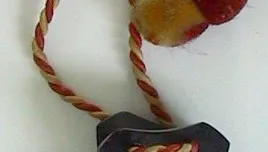
4. Tambourine
The term ”percussion instruments” typically refers to the narrow shell frame drums having origin in European countries. Its single skin is glued to a circular or polygonal frame. European literature sites the playing of tambourine by both, males as well as females. To play the Tambourine, one needs to hold it with bare hands and play along with the jingles and snares.
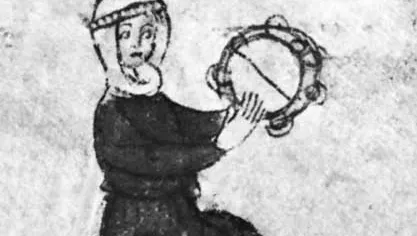
5. Gongs
Gongs are another example of percussion instruments having their origin in western countries. These are circular metal disks. One should strike the centre of the gong with a leather beater to produce musical sounds. Western orchestras use Flat Gongs very commonly.
6. Timpani
Kettle drums is another name for Timpani. These are typically large drums. To play the Timpani, one needs to strike them with a feather mallet. Timpani also has foot pedals attached to them that help in adjusting the pitch of the sound produced. The pedals either tightens or loosens the drum head.
7. Cymbals
These percussion instruments fall under the Membranophones category. These are typically made up of brass. Cymbals are of various sizes and shapes. Some examples of Cymbals include Crash Cymbal, Ride Cymbal, Hi-hat Cymbal, and Finger Cymbal. These are held in pairs and are made to slide against each other producing characteristic sounds.
8. Bells
Typical metal-made bells were first introduced in European countries from China. Bells are another example of western percussion instruments, although, these vary greatly in origin, forms, and playing methods. Bells are of two chief types:
- Cup bells- These have their body closed at one end and open at another end.
- Crotals- These have entirely closed bodies and often have clappers, jingles, pellets inside them.
9. Jew’s Harp
This percussion instrument’s name might be a little misguiding as it seems to have its association with Jewish countries. But that’s not the case. These are also called Jaw Harp or Khomus. Western classical musical pieces of literature cite their use in playing melodious music in western orchestras.
10. Snare drum
This is another example of western percussion instruments under the category of Membranophones. Snare drums are small drums made up of wood or brass. The drum heads are either made of stretchable elastic sheets or calfskin. Snare drums are different from drums because these have strings attached in between the two drum heads at both ends. It is due to this reason, Snare drums can produce their characteristic “rattling” sound distinct from the drums. One can play the Snare drum by beating on its drum head with the help of drum sticks or mallets.
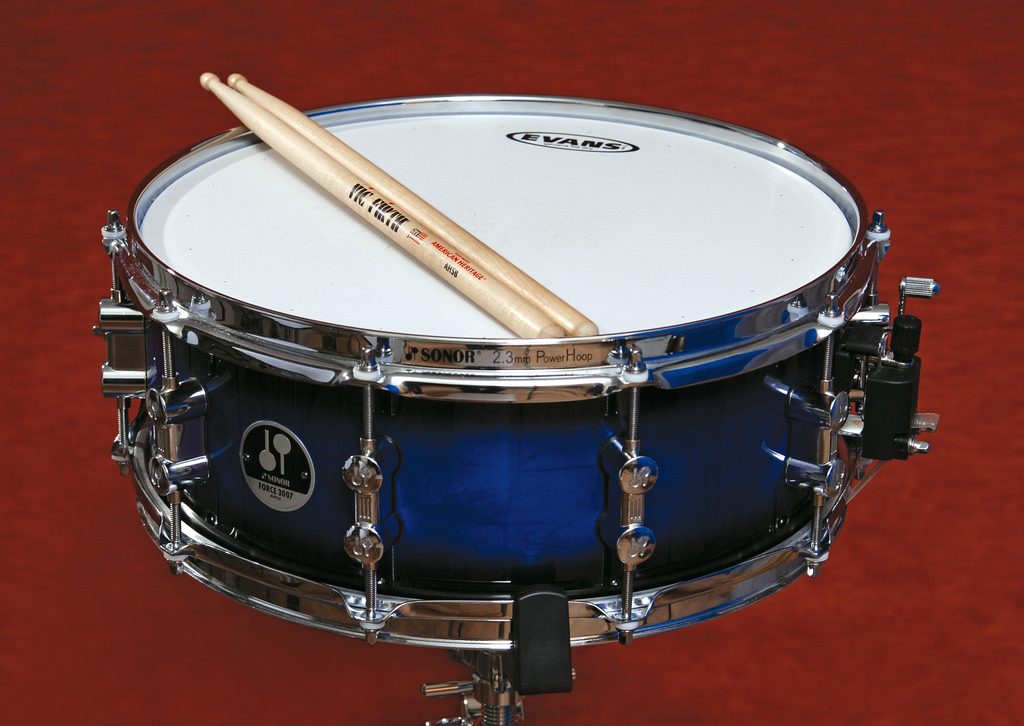
Chinese Percussion Instruments
Chinese percussion instruments differ from Western percussion instruments in many ways. However, the material for construction of these instruments is the key point of difference between the two. There are three primary types of Chinese percussion instruments:-
- Metal type which includes large gongs, small gongs, cymbals, chimes and bells.
- Wood type which consist of Bamboo clappers and temple blocks
- Skin type- Paigu, hand drums, in addition to the Dagu.
Read more about Chinese percussion instruments, here.
Difference between Indian and Western Percussion Instruments
The Indian and the Western percussion instruments are quite different from each other. Its origins are also different. While Indian percussion instruments are mostly very simple, western percussion instruments are quite complex. The percussion instruments of India are used in light music, classical, and are traditional in origin. Western percussion instruments are used in western songs of pop, band performances, rock music.
The Indian percussion instruments include dhols, mridangam, pakhawaj, tabla, ghatam. The western instruments include various kinds of drums, cymbals, tambourines, and so on.
Summary
The Indian percussion music is generally used along with various traditional music and is unique. It provides tone and rhythm to the classical, light, and folk music of India.
Share with your friends

